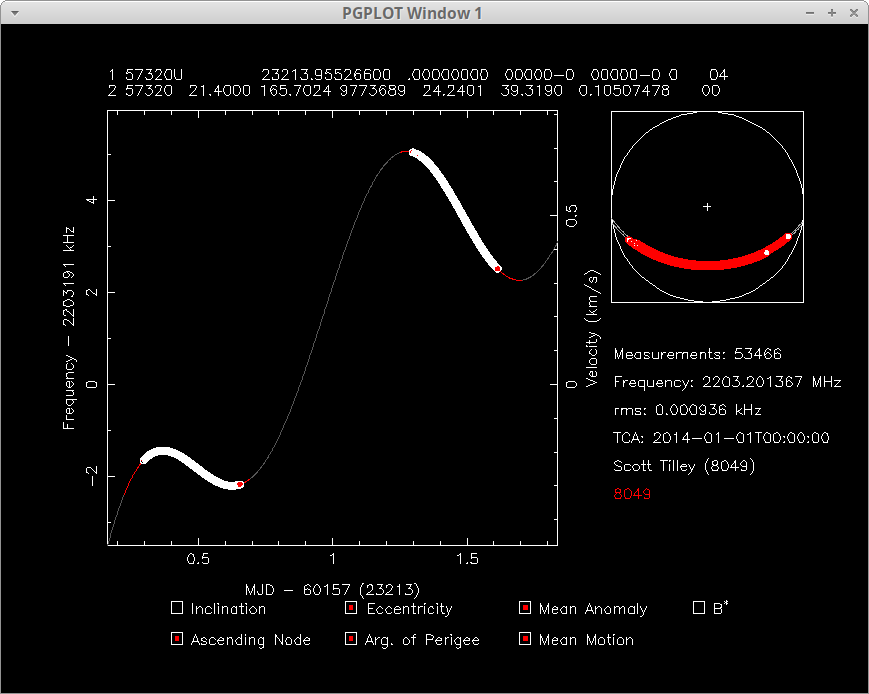#CrewDragon tracking continues as the mystery of the status of the 'trunk' intrigues me. More to come...
No sign of the #CrewDragon "trunk" on a decent pass with the dish aimed along the expected track waiting for it to drift through the beam.
Another pass of the plane of #CrewDragon "trunk", this time over my zenith. No signals noted on 2216MHz.
When I say pass, I'm meaning that I'm monitoring for the signal along the plane of the last known orbit and bracketing considerably in time. This is called a planar search. Satellites don't change their orbital planes much as it takes huge amounts of energy.
Let's try 2203.2MHz next go around.
@SpaceTrackOrg released final TLE before reentry burn. Based on this the 'trunk' has re-entered already. #CrewDragon mission is complete.
In a chat with @planet4589 I retract the above until we get some more orbital data. The track of the last orbit published by @SpaceTrackOrg does not go over the landing site. Let's continue to monitor and see...
I've used the @SpaceTrackOrg TLE 46024 (thanks @planet4589) and previously planar searches and have not noted any signals from the #CrewDragon DM-2 trunk since separation from the capsule on any of the FCC co-ordinated frequencies for the mission.
• • •
Missing some Tweet in this thread? You can try to
force a refresh
















